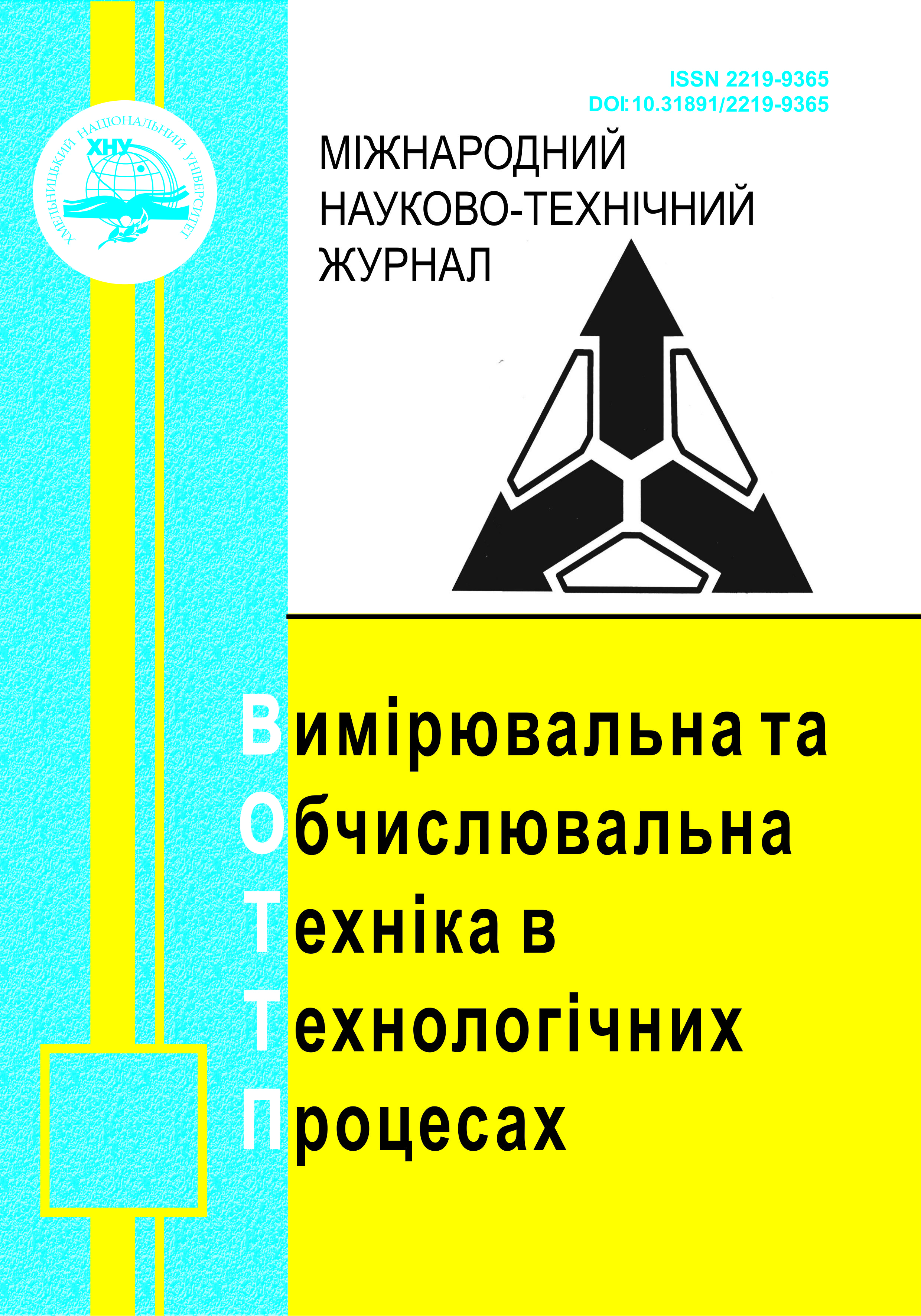OBJECT RECOGNITION AND SEGMENTATION ON SATELLITE AND AERIAL IMAGING
DOI:
https://doi.org/10.31891/2219-9365-2022-72-4-15Keywords:
satellite images, aerial images, deep convolutional neural network, deep learning, loss functions, object segmentationAbstract
The ability to detect new buildings directly from a satellite image is particularly useful in regions where the population is changing very quickly, as well as in remote and large-scale areas where the census of these new buildings is often done manually and quickly becomes obsolete. The processing of aerial photographs can also find important applications in the assessment of building damage during natural disasters. Finally, it can be very useful for solar panel manufacturers who want to estimate the usable roof surface area of a particular site.
Huge volumes of images are taken every day by airborne or space-based platforms, and this volume is still growing. This amount of data makes manual processing of images very resource-intensive, so the need for the use of neural networks is increasing. The main task of automatic image recognition is to assign a semantic class or label to each pixel, i.e. to transform the input data into a semantically meaningful bitmap (which can be further processed using, for example, vectorization or polygonization).
In the work, based on the analysis of the available methods of image segmentation and neural network architecture, by proving a number of experiments using the Inria Aerial Image Labeling Data Set, created for the main task of remote sensing, namely automatic pixel-by-pixel labeling of aerial photographs, it was determined that the U-Net++/EfficientNetB2 experiment /BCE. +Dice Loss is the largest value for solving the task of object recognition and segmentation on satellite and aerial imaging.

